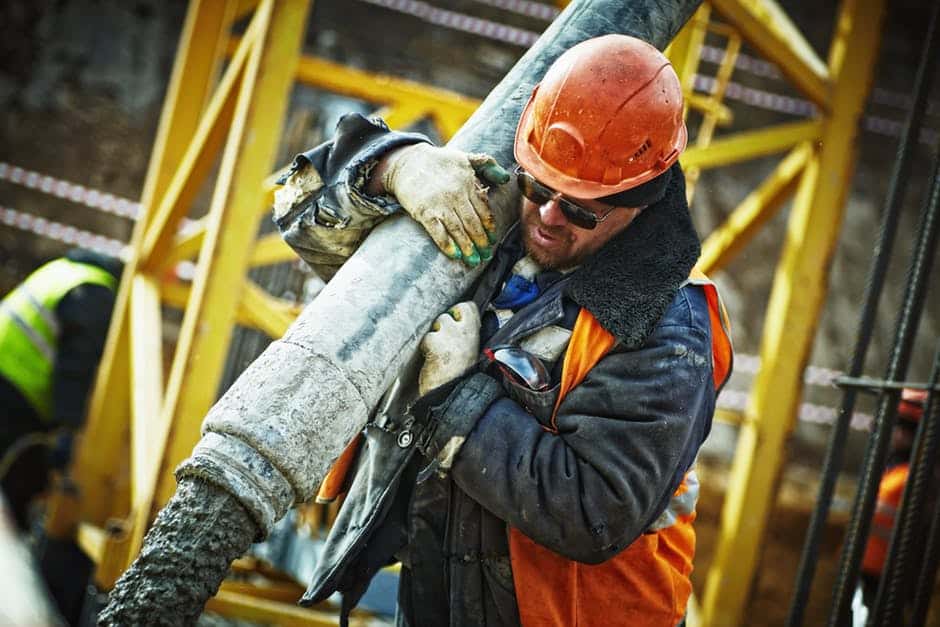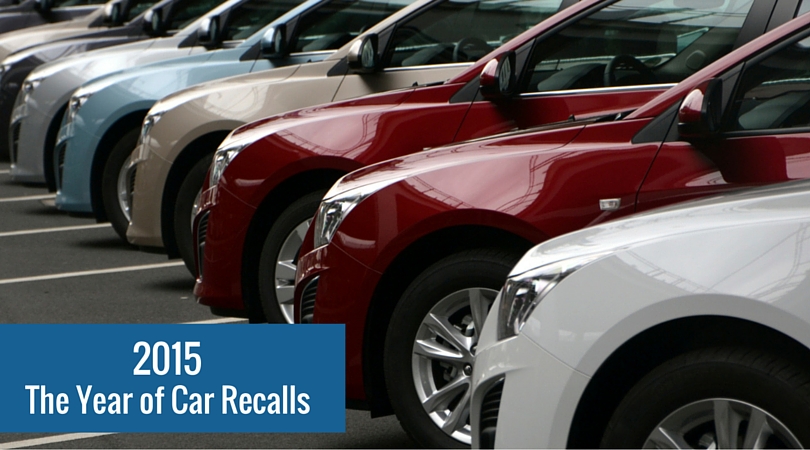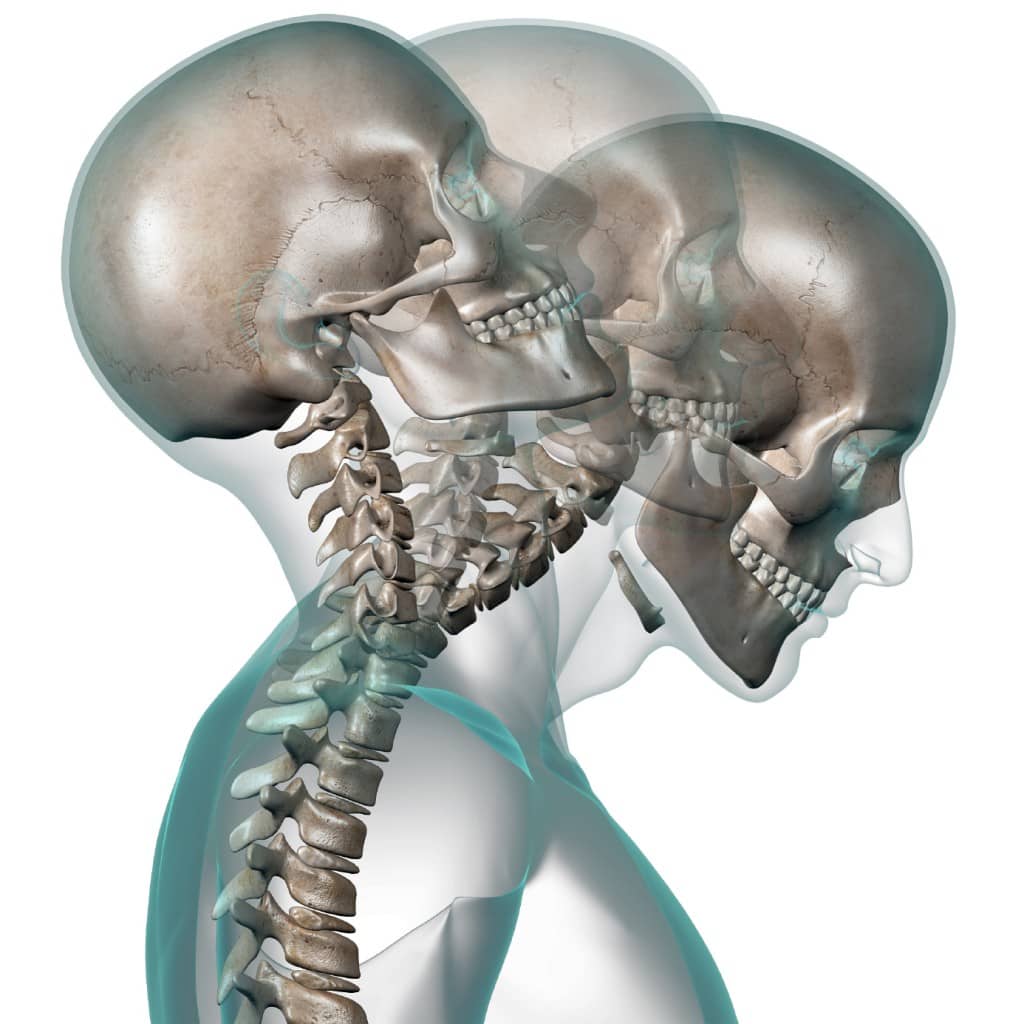6 Tips for Driving Safely in a Work Zone
Driving in a zone where there are human beings working requires extra care and vigilance. According to the U.S. Department of Transportation Federal Highway Administration, in the past 5 years, 4,400 people have died in work zone crashes – and 85 percent of those were passengers or drivers.
Work zones don’t just put you at risk as a driver. Not paying attention or driving dangerously puts construction workers at risk. Your negligence could seriously injure or even kill a worker, which could result in a personal injury lawsuit brought against you. Use these tips to stay safe and avoid harming those around you.

1. Follow All Signage
When you’re approaching a work zone, there should be ample signage alerting you about entering a work zone and providing directions for how to safely navigate one. Usually, work zone signs are orange and/or diamond-shaped. Some common work zone signs you might encounter are:
- Road work ahead
- Traffic traveling in both directions
- Lane is ending and requires merging
- Flagger ahead – a flagger is a work zone worker
- Detour
- End of work zone
- Speed limit change
- Fines double
You may encounter completely different directions for work zone driving within just a minute or two. Roads and navigation may change completely, sometimes turning one-way roads into two-way traffic. Pay attention to all signs, and make sure you’re obeying each one as you drive.
2. Be Aware of Sudden Changes
“Expect the unexpected” is a wise mantra for driving through work zones. Because there are likely to be construction equipment and a multitude of workers and work vehicles in a work zone, these elements may enter your lane without warning or cause a change to your driving directions in an instant.Pay attention to humans entering a work zone, as well as other vehicles changing lanes or stopping or slowing unexpectedly. Because sudden changes may occur, it’s a good idea to drive no faster than the speed limit that is posted.

3. Comply with Directions
4. Give Plenty of Room
As soon as you see the first “road work ahead” construction sign, start to slow down, and increase the distance between you and the vehicle in front of you. If you need to change lanes, make sure there is also plenty of room to do so before moving.
5. Don't Drive Distractedly
As we’ve covered, driving distractedly is one of the most dangerous forms of driving behaviors. Add work zone equipment and workers to the mix, and the likelihood of harming someone or another vehicle increases. According to the AAA Foundation for Traffic Safety, not looking at the road for more than 2 seconds doubles crash risk.
6. Have a Positive Attitude
Road rage is a major risk factor for vehicle accidents, motorists, passengers, pedestrians and construction workers. According to the Insurance Information Institute, aggressive driving plays a role in more than half of fatal crashes. When you’re about to enter a work zone, take a deep breath, stay calm, and be grateful for the beautiful new roads those workers are helping to create and maintain.







